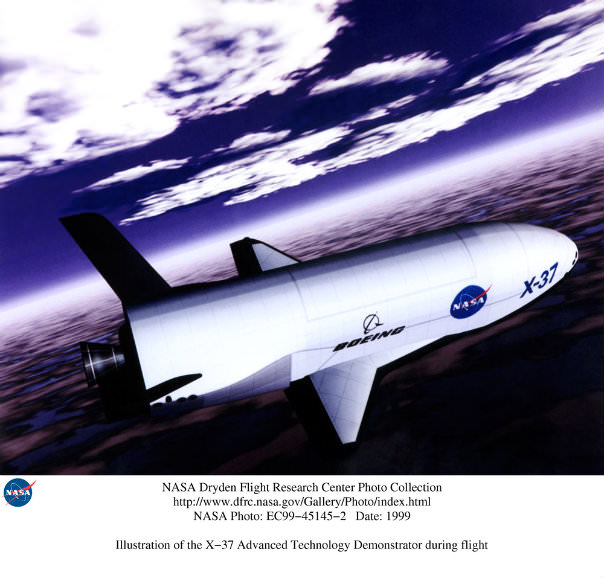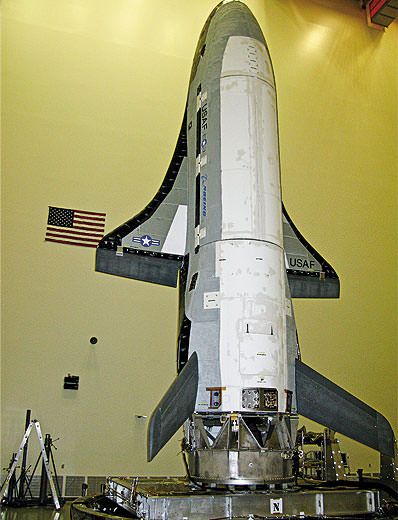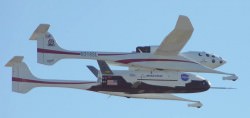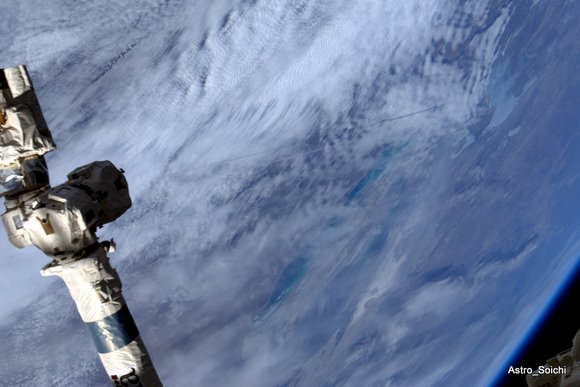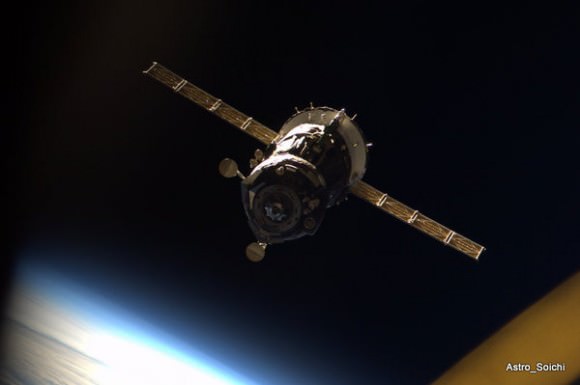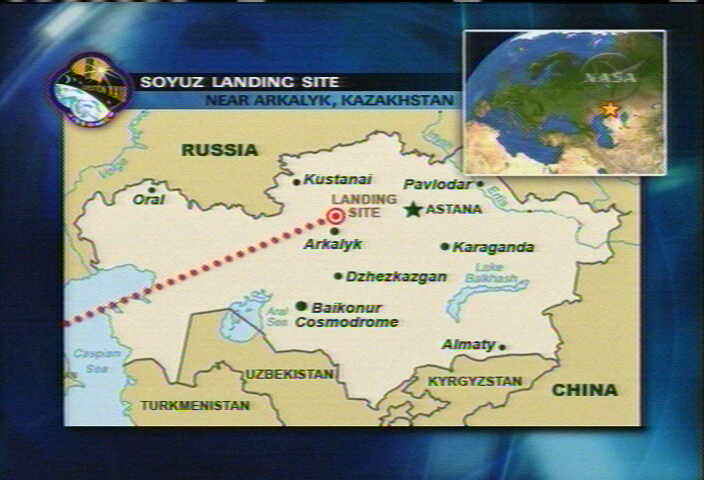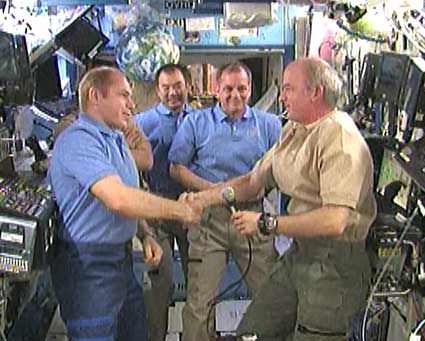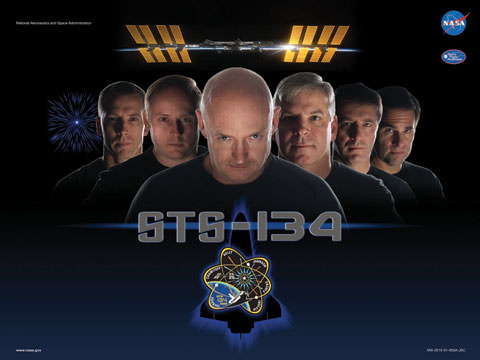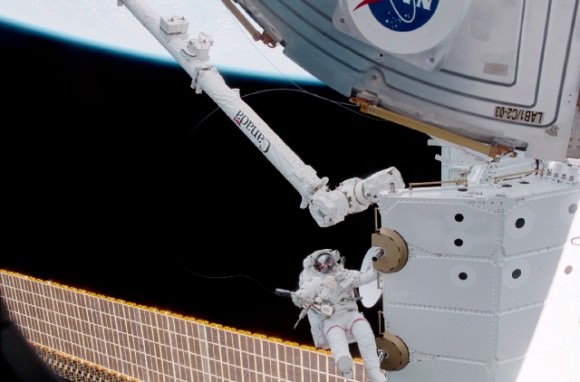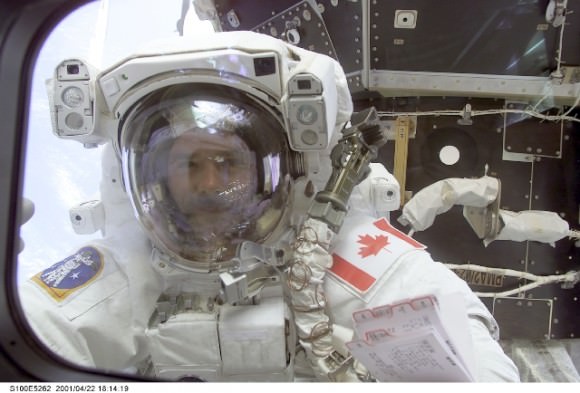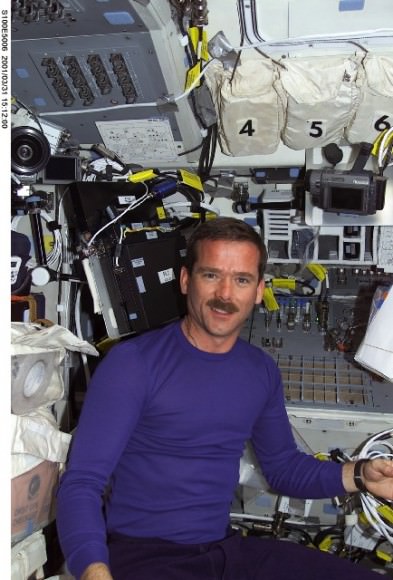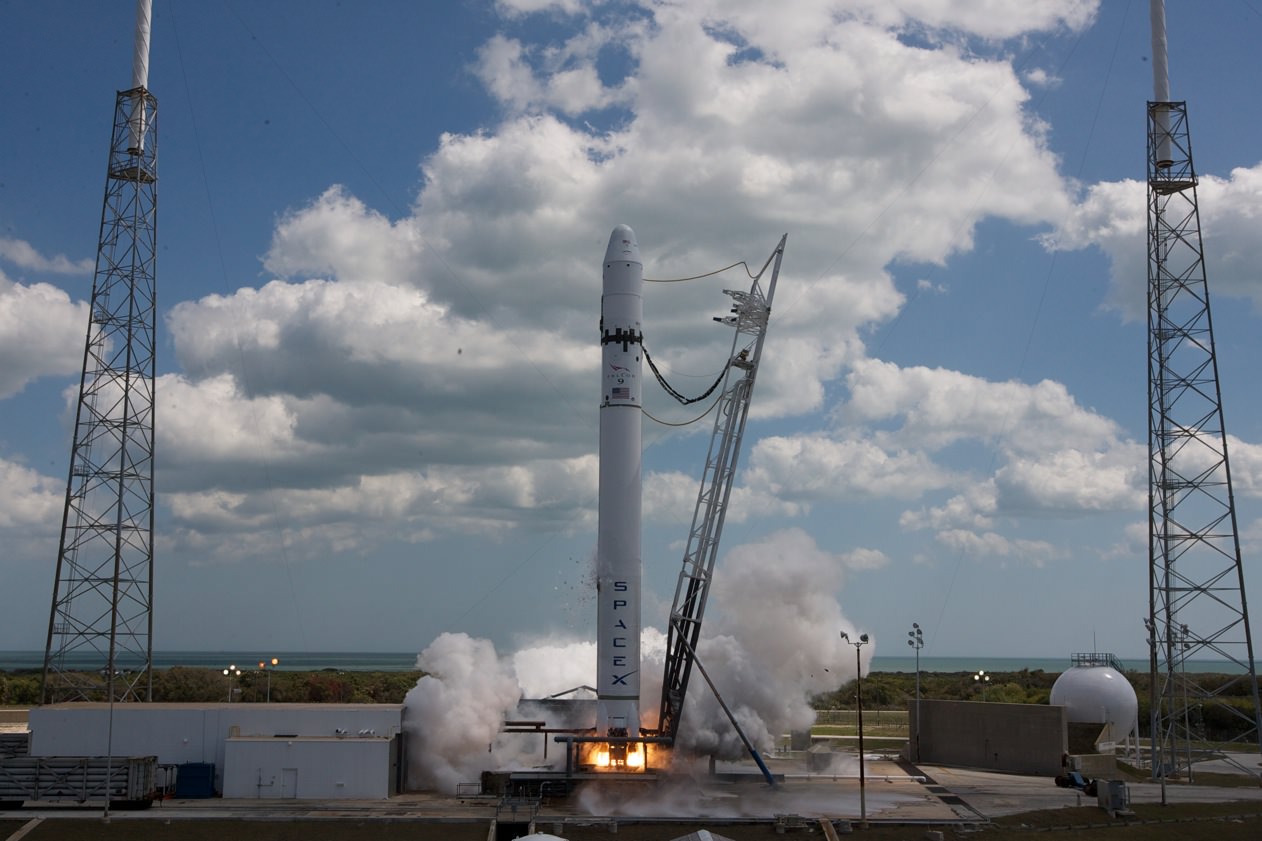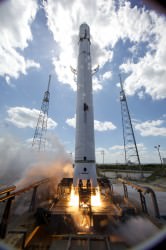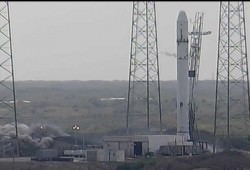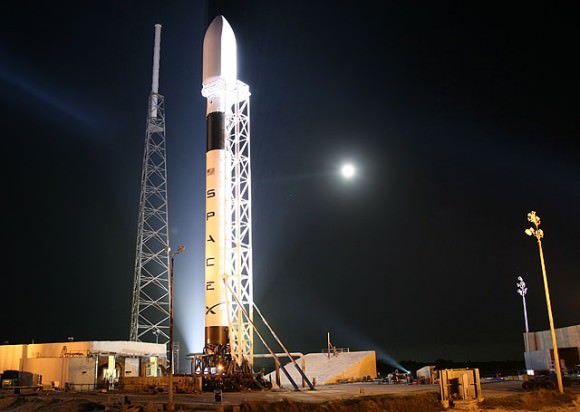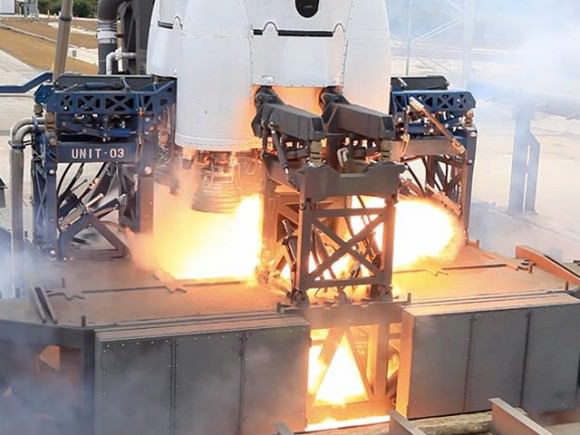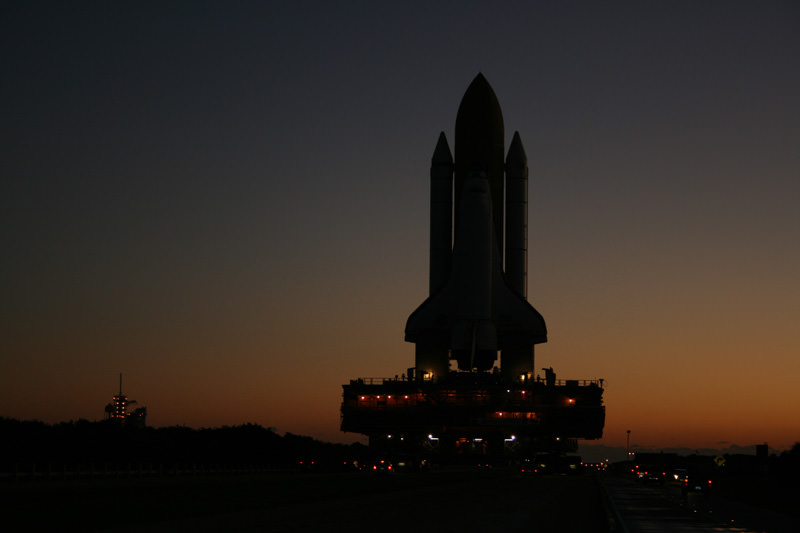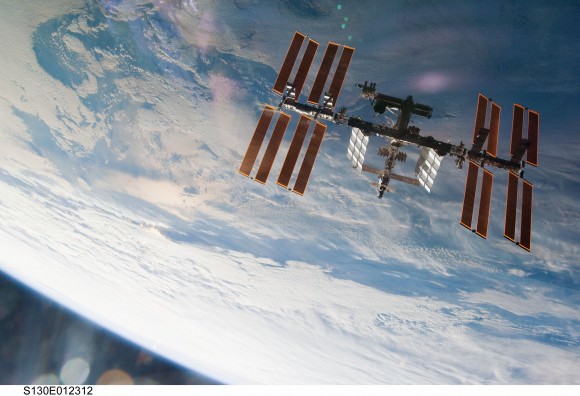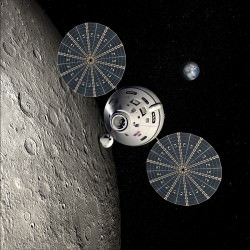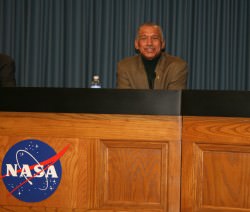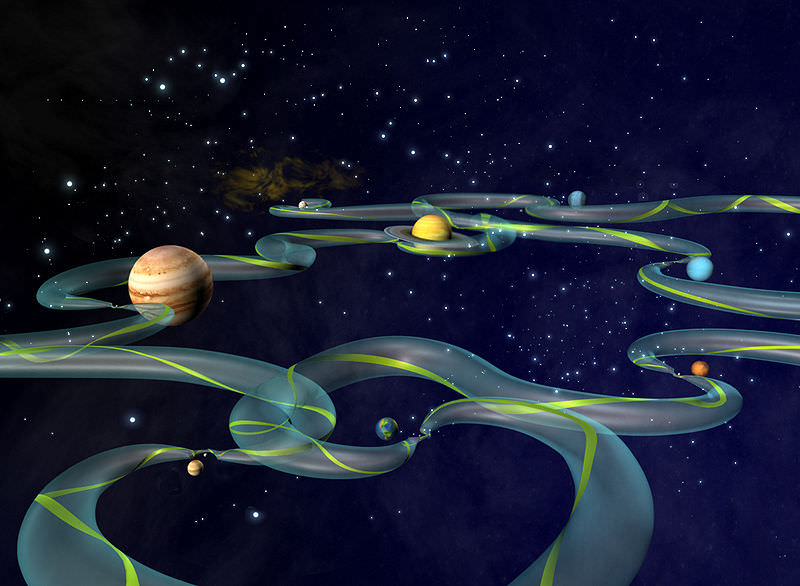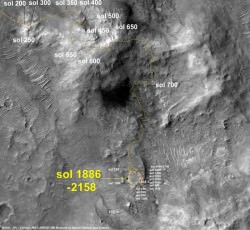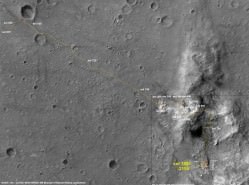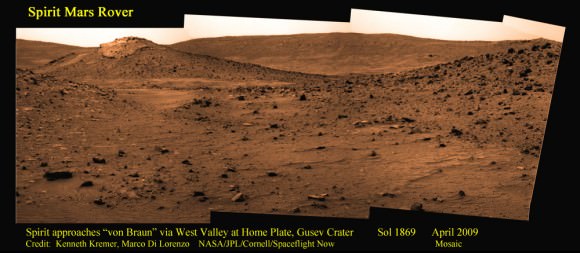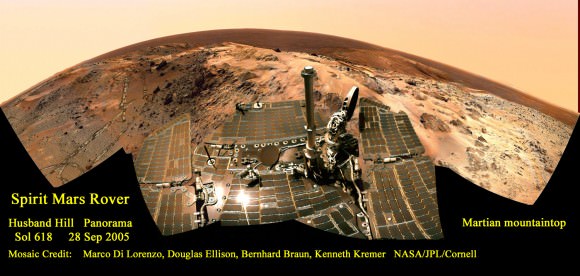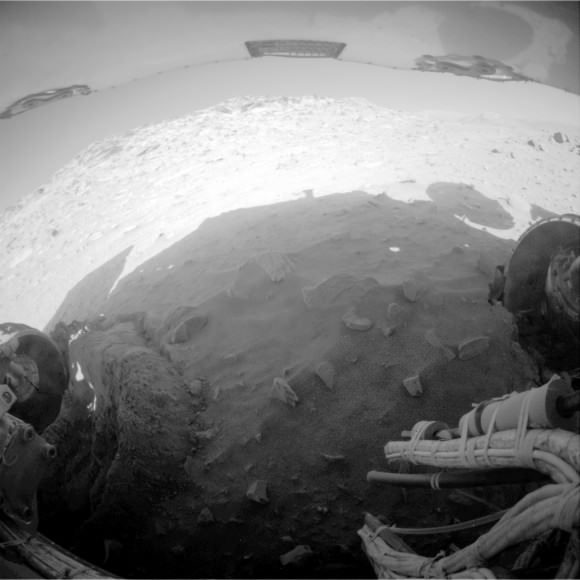[/caption]“The President made a mistake,” said Sen. Bill Nelson (D) of Florida in referring to President Barack Obama’s recent decision to completely terminate Project Constellation from the 2011 NASA Budget. “Because that is the perception. That he killed the space program.”
“I know him [Obama] to be a vigorous supporter of the manned space program”, Nelson added. “But he certainly has not given that impression. The President is going to have to prove that when he comes here on April 15,” said Nelson. He was referring to the upcoming “Space Summit” scheduled to take place at or near the Kennedy Space Center on April 15.

Comprised of the Ares 1 and Ares 5 booster rockets and Orion manned capsules, Constellation would have sent humans flying to exciting destinations of exploration beyond low earth orbit for the first time since the Apollo lunar landings ended in 1972. The ambitious targets included the Moon, Mars, Asteroids and Beyond.
Sen. Nelson made his remarks on March 19 at a public space forum co-hosted by Brevard Community College in Cocoa, Florida ,which is the local college located only a few miles distant from KSC and also by the local newspaper Florida Today. Nelson was joined by KSC Director Bob Cabana, a former astronaut who flew 4 space shuttle missions. Over 100 residents attended the space forum.
Up to 9000 workers at the Kennedy Space Center (KSC) are fearful of swiftly losing their jobs and livelihoods in the aftermath of the imminent dual cancellation of the Shuttle and Constellation programs. Tens of thousands more jobs will be extinguished as well in other states across the US.
“By saying they were cancelling the Constellation program, the perception is that the President is killing the manned space program”.
“The President made a mistake. He made a mistake because he did not stand up and lay out his budget for the space program and outline what his goal is, which is Mars, and how we should go about getting there for the space program. The President should have used the word restructure not cancel with regard to Constellation”.
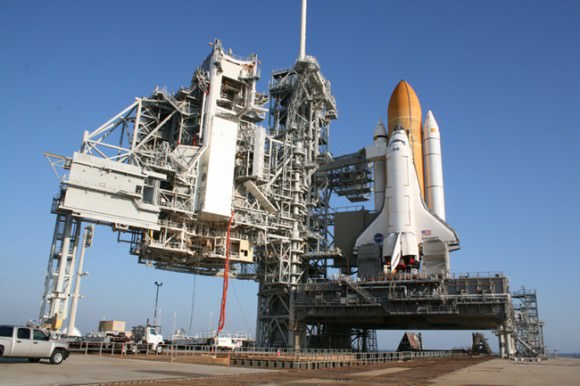
President Obama’s cancellation of Project Constellation has been vigorously criticized by key members of both houses of the US Congress, including Democrats and Republicans, since the moment that word first leaked of the Presidents decision to kill the moon program announced by President George Bush in 2004.
Many political and industry leaders have harshly labeled this decision as an “Abdication of US Leadership in Space”, which amounts to nothing less than a “US Space Surrender” that will begin the “Death March of US Human Spaceflight”. They also fear that the massive job cuts will result in catastrophic devastation to the local effected economies as well as a swift erosion of the science and technology base across America.
“This is a tough time for our people because they are facing dislocation and the loss of jobs in a terrible time which is an economic recession”, explains Nelson.
Nelson and others members of Congress are pushing a compromise with the Obama Administration that would accelerate development of a new Heavy Lift booster rocket that would adapt certain technologies from Constellation.
The Obama plan does not include any specific program to develop a Heavy Lift booster. Instead, the plan vaguely mentions the pursuit of “game changing technologies” that would one day enable faster voyages beyond Earth says NASA Administrator Charles Bolden.
The fact that the Obama plan has not set any goals, timelines or destinations for NASA is the cause of what has lead to the vociferous denunciations. $9 Billion has already been spent on Constellation and a minimum of another $2.5 Billion would be required to terminate the project according to existing contracts.
The Obama plan relies on privately developed manned “space taxis” to fly US astronauts to space. But no one knows when these vehicles will be ready to launch. Many experts also question the safety of such vehicles. And a turf battle has even broken out between NASA and the FAA over who should be responsible for setting safety standards for human rated spacecraft.
“We’re going to keep a vigorous R&D program going for a Heavy Lift rocket and [manned] spacecraft if what we do in the Senate is finally adopted.” Nelson hopes that this new program will offset some of the job loses coming soon to Florida.
“It is my hope that we’re going to get additional work that is going to cushion the blow after the last space shuttle mission is flown. It’s time we get out of low Earth orbit. And that’s what we intend to do. But it hasn’t been managed the right way.”
“I hope the President will embrace this in his comments when he comes here on April 15,” Nelson stated.
Nelson believes that the president’s Budget office and or Science Policy office decided to kill Constellation. Better advice would have been to restructure the program, he said.
KSC Director Bob Cabana said, “The $6 billion more in the [NASA] budget over five years is a significant increase. And I think it shows a commitment to exploring.”
“We have known that the shuttle is coming to an end for quite awhile. We’re still trying to figure out the impact of the new budget on KSC. There will be a significant loss of jobs”, from the end of the shuttle and Constellation.
“If we can establish a vehicle testing program, hopefully we can buy some of those jobs back”, said Cabana.
“We have to focus on what we can do at Kennedy to retain the critical jobs that we need in order to be viable for the future. Part of that is transitioning low earth orbit operations over to the commercial sector. We know how to do that. Our job [at NASA] should be developing those technologies and those skills which are far too expensive for the commercial sector”.
“My role is putting the Kennedy Space Center in the very best possible position for the future to retain those skills and facilities that we need to explore space beyond low earth orbit when the direction is given to do that”, said Cabana.
Cabana added that part of that effort would be renovate aging infrastructure in order to develop a “21st Century launch facility” at KSC to make commercial space viable and retain some jobs for the current KSC workforce. Plans call for spending about $2 Billion on extensive renovations to the iconic Vehicle Assembly Building to make it more “modular” so it can “handle more rockets”.
Protestors outside the forum held up signs that said:
“Obama Lies, NASA Dies” ……. “Send Obama & Nelson to Uranus”
“NELSON SELLS NASA OUT” ….. “Clunkers 3 Billion $$ …. NASA ‘0’ $$”
The details of the upcoming KSC “Space Summit” are still not known with respect to the exact location, what President Obama plans to discuss, the format, who will participate and who will be permitted to attend.
Related articles by Ken Kremer
NASA manager says Shuttle Extension Possible; Key Issue Is Money not Safety
Successful Engine Test Firing for SpaceX Inaugural Falcon 9
Orion can Launch Safely in 2013 says Lockheed
Shuttle Endeavour Rolled to Pad; Countdown to the Final Five Begins


